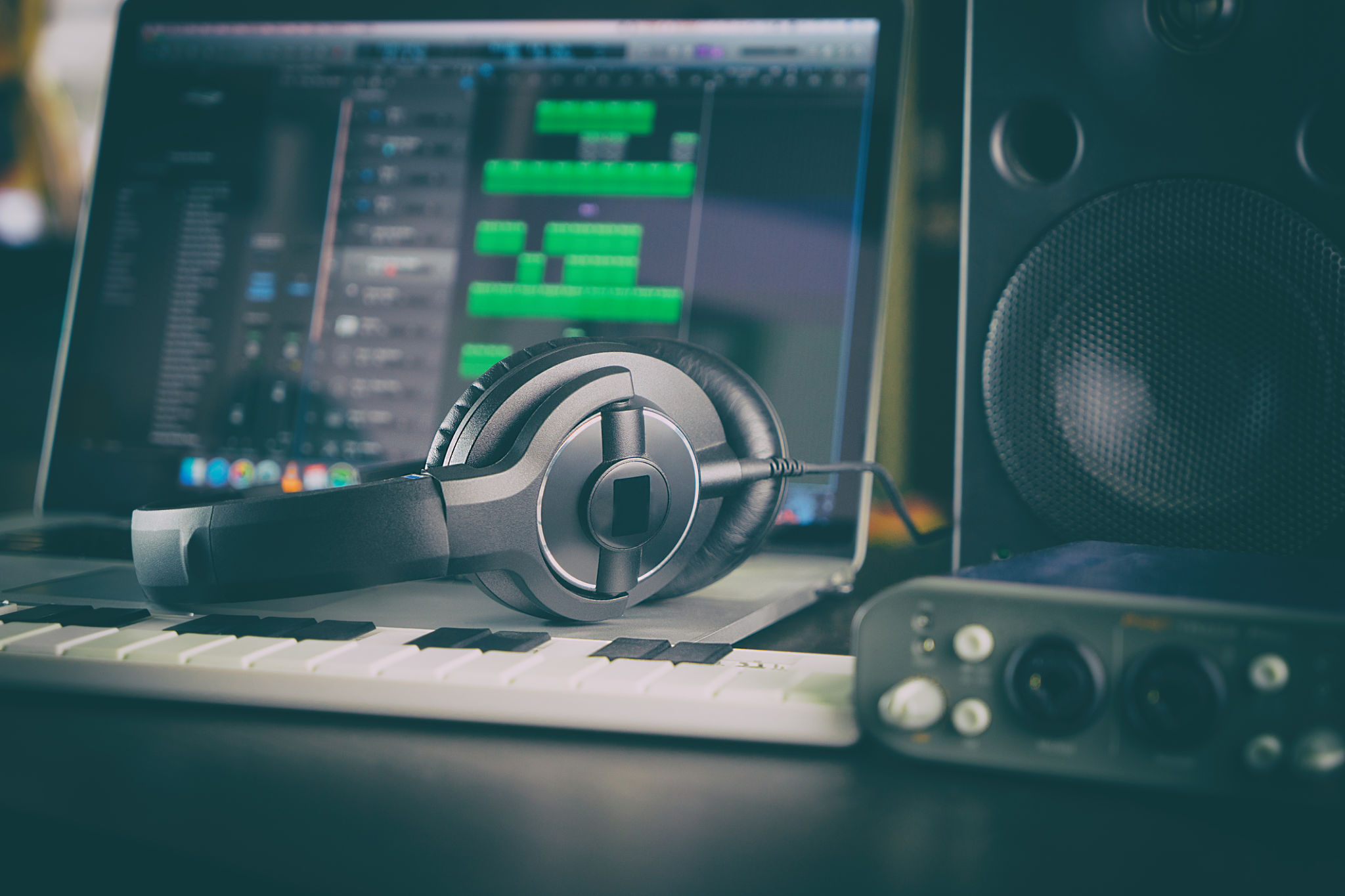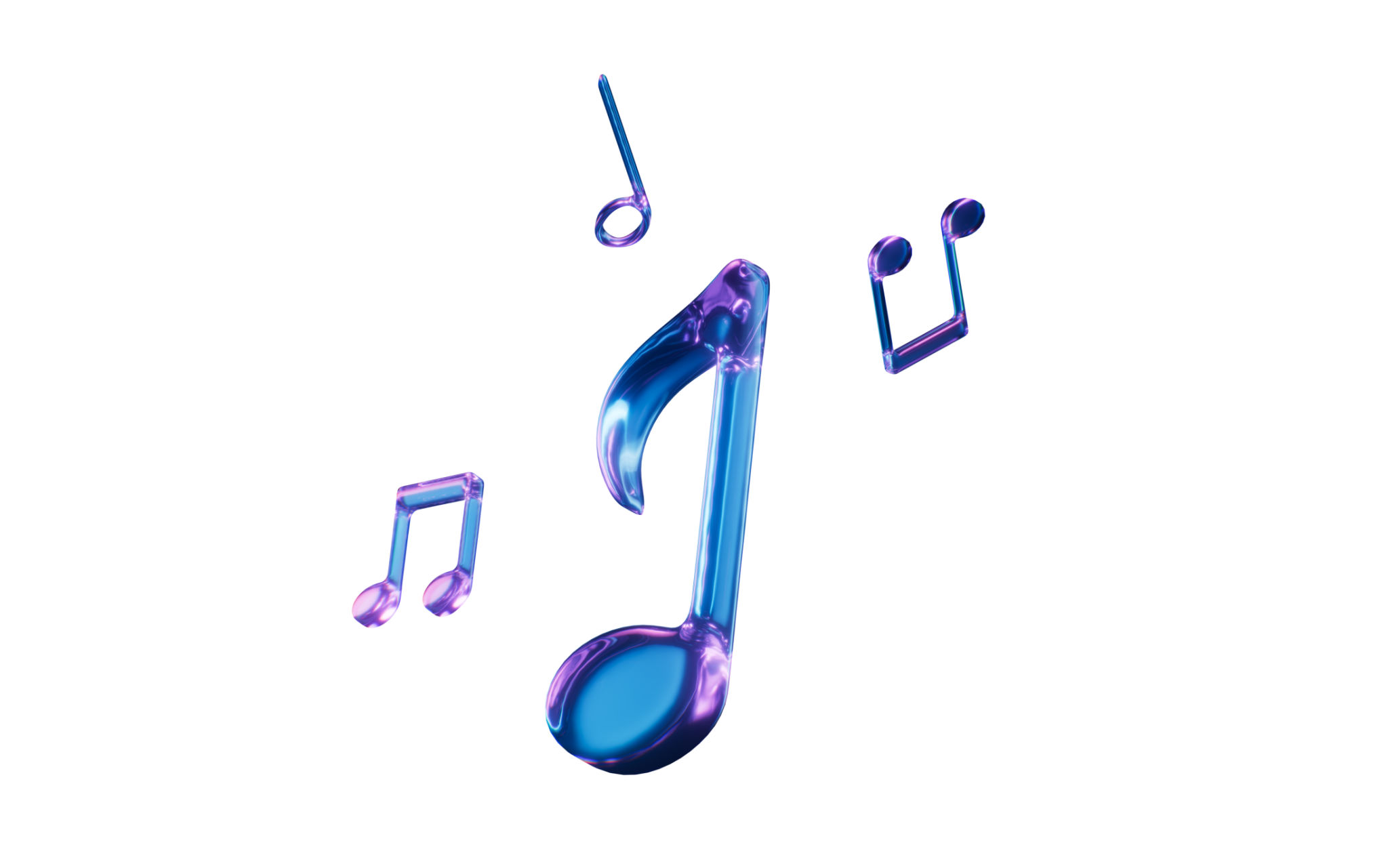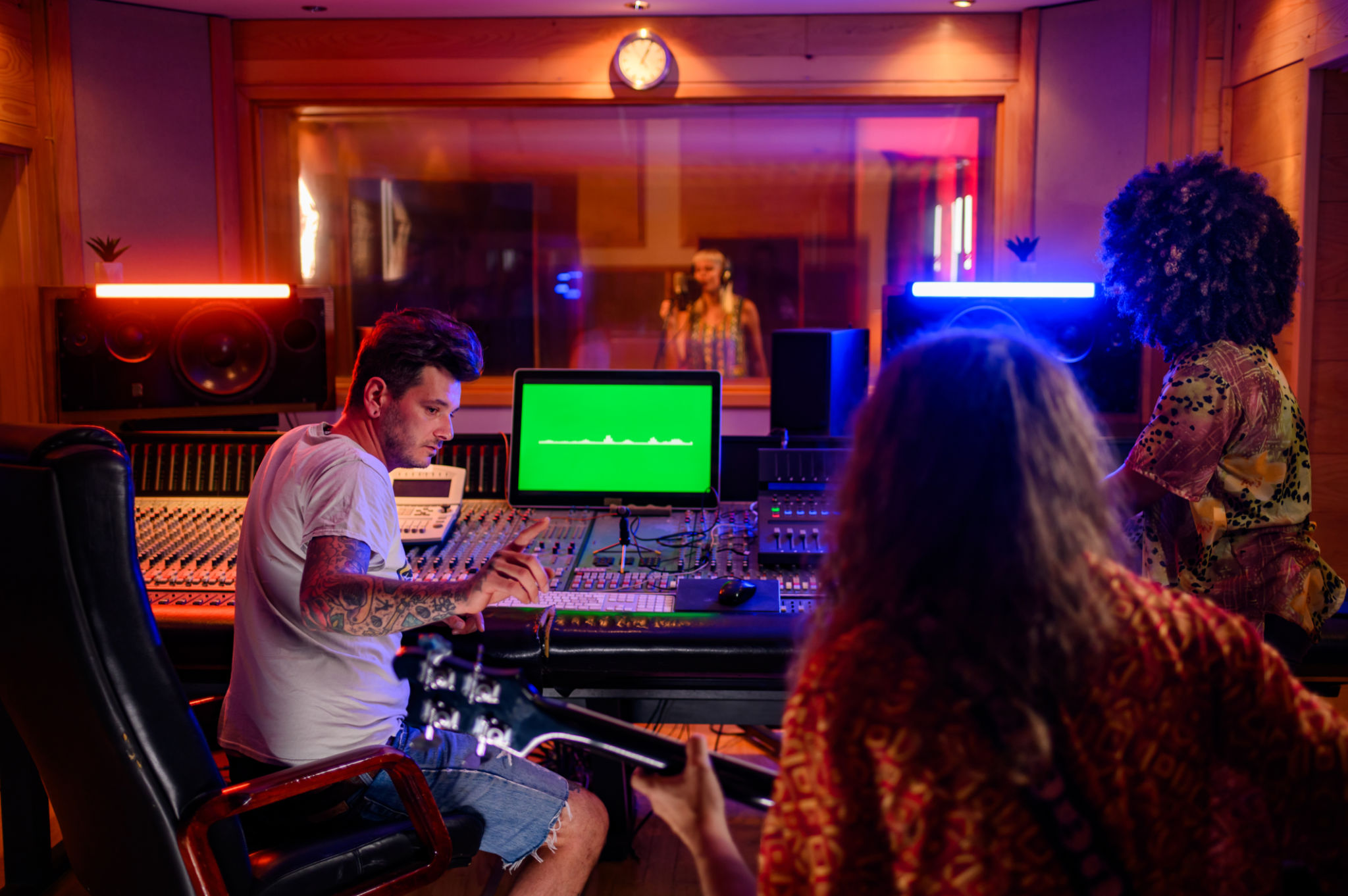A Beginner's Guide to Recording Your First Song
Setting Up Your Space
Recording your first song is an exciting venture, but it all starts with the right environment. Choose a quiet space in your home where you can control the acoustics. A space with soft furnishings, like carpets and curtains, can help reduce echo and improve sound quality. Soundproofing with foam panels or blankets can also make a significant difference.

Once you've selected your space, organize it for efficiency. Place your equipment in a way that's easily reachable while recording. Ensure that your cables are tidy to prevent any accidental disconnections or tripping hazards.
Gathering Your Equipment
Before you hit the record button, ensure you have all the necessary equipment. At a minimum, you'll need a microphone, headphones, an audio interface, and a computer with a digital audio workstation (DAW) software. Investing in a good-quality microphone can make a noticeable difference in the sound of your recordings.
Your DAW is where the magic happens. Popular options include Ableton Live, GarageBand, and Pro Tools. These programs offer various features for recording, editing, and mixing your tracks.
Preparing Your Song
With your equipment set up, it's time to focus on your song. Start by ensuring your lyrics and melody are finalized. It's helpful to practice your song several times before recording to build confidence and identify any areas that need tweaking.

Consider the arrangement of your song. Decide which instruments or vocal parts you'll be recording first. This can help streamline the recording process and ensure you capture all the necessary elements of your song.
Recording Your Tracks
Now you're ready to begin recording! Start with the foundational elements of your song, such as rhythm guitar or piano, and then layer additional instruments or vocals. Always record in a quiet environment to minimize background noise.
Use headphones to monitor your recordings in real-time. This allows you to hear any mistakes or adjustments that need to be made immediately. Don’t be afraid to record multiple takes; sometimes the best performance comes after several attempts.

Editing and Mixing
Once all your tracks are recorded, it's time to edit and mix them. Use your DAW to cut out any unnecessary parts and adjust the timing of each track to ensure they sync perfectly. Mixing involves balancing the volume levels of each track, applying effects like reverb or compression, and panning sounds to create a stereo image.
Take breaks during this process to rest your ears. Fresh ears can make a significant difference in catching small details you might miss after hours of listening.
Finalizing Your Song
After mixing, it's important to master your track for a polished and professional sound. Mastering involves adjusting the overall EQ, dynamics, and loudness of your track to ensure it sounds great on all playback systems.
If you're new to mastering, consider using online mastering services or collaborating with a professional to achieve the best results.
Sharing Your Music
With your song complete, it's time to share it with the world! Platforms like SoundCloud, Bandcamp, and YouTube offer opportunities to reach new audiences. Consider building an online presence through social media to connect with fans and promote your music.

Remember, the journey of making music is as important as the final product. Enjoy every step of recording your first song and take pride in what you've created!